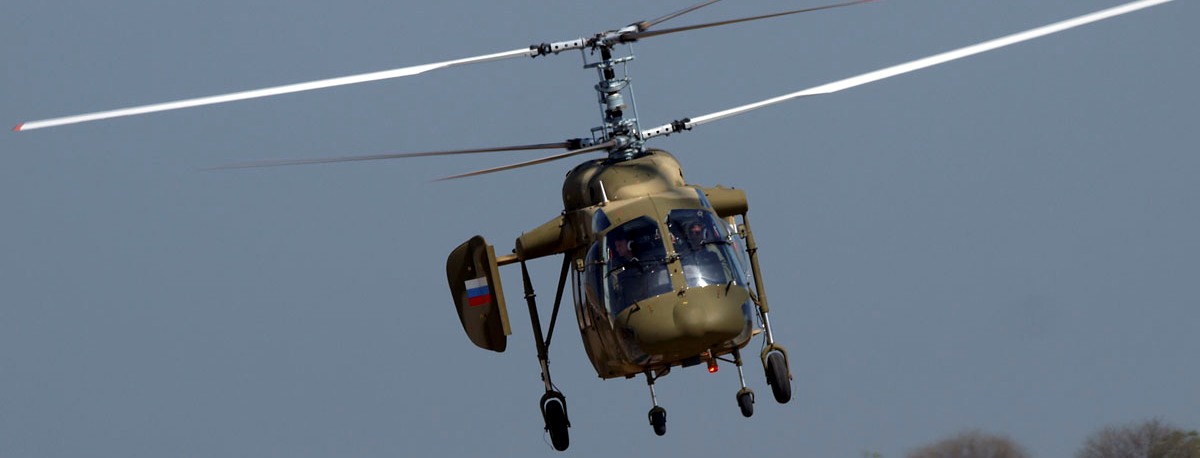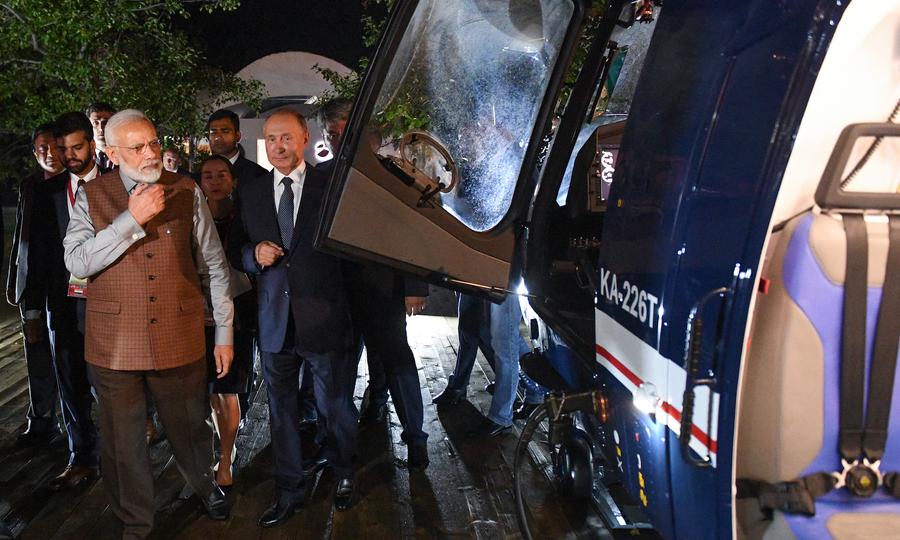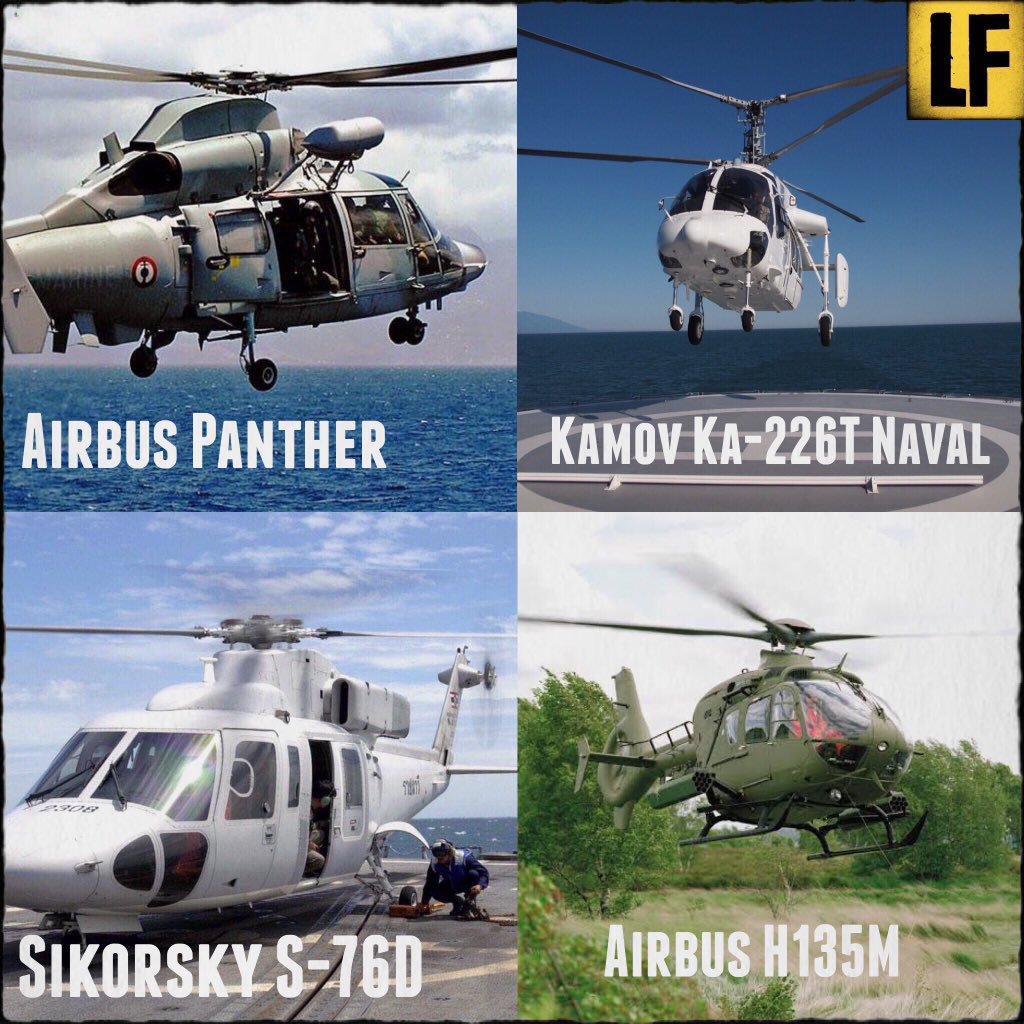
Two pilots were killed today when an Indian Army HAL Cheetah helicopter crashed in Bhutan. The Indian and Bhutanese pilots on board were on a routine sortie as part of the Indian Military Training Team (IMTRAT) in Bhutan. This is the second crash of light helicopter this year — in April, an Indian Navy Chetak operating off a frigate crashed into the sea. Last year an Indian Coast Guard Chetak crashlanded, killing its pilot. The accidents top off what has been a particularly rough decade for the Cheetah/Alouette II and Chetak/Alouette III helicopter types that HAL has license built for years, and continues to do so, despite a joint venture for new generation helicopters hanging in the balance.
Today’s fatal accident once again throws harsh light on the latter — the inexplicably slow-moving joint venture established between India and Russia to manufacture 200 Ka-226T light utility helicopters for the Indian Army and Indian Air Force. In a choice that was made in 2015, precious little has happened in four years apart from paperwork, despite the Indian Military’s repeatedly stated urgency in replacing its old Chetak and Cheetah helicopter fleets.
In July, the Indian MoD told the country’s Parliament, “The creation of Joint Venture with HAL, M/s Russian Helicopters & M/s Rosoboronexport for supply of 200 nos. Ka-226T helicopter for which Request for Proposal has been issued and responded by HAL.“
The Request for Proposal (RFP) to the joint venture was issued in May 2018 and was responded to a few months later. In other words, nothing has moved for about a year. The joint venture manufacturing facility is at an advanced stage of construction at Tumakuru near Bengaluru, but the facility won’t kick into action until further down the supply of 200 Ka-226T helicopters. According to the contract, the first 60 helicopters will be supplied fully built from Russia. The next 40 will be assembled on the Tumakuru line in India, and the final 100 manufactured fully in India. If things had moved at faster pace, the supply of the first 60 Ka-226T helicopters could have begun by now to begun augmenting and replacing the oldest Chetaks in service.
Sensing the inertia building, earlier this month Russian President Vladimir Putin even escorted visiting Indian Prime Minister Narendra Modi to personally inspect a Ka-226T at the MAKS 2019 defence show in Zhukovsky on Moscow’s outskirts.
Russia has apparently bided its time shoring up a raft of Indian suppliers who will support the manufacture of the Ka-226T outside Bengaluru. In February this year, HAL’s joint venture partner in the project, Russian Helicopter announced that it had signed MoUs India’s Elcom, Valdel Advanced Technologies, Dynamatic Technologies, Integrated Helicopter Services and Bharat Forge for the supply of blades, radio stations, landing gear and elements of the Ka-226T fuselage.
“We are facing an ambitious task because the world has so far not seen such projects of transferring leading-edge rotorcraft production. To set up the production of Ka-226T helicopter, its assemblies and components, is not possible without the reliable Indian partners and future suppliers having a sufficient number of technological competences and work experience in the aviation sphere. The objective of current interaction between Russian and Indian industrial enterprises is to present the background information on the project, a joint discussion of technical issues and finding further ways of cooperation”, said Andrey Boginskiy, Director General of JSC Russian Helicopters.
Efforts to replace the Indian military’s old Chetak helicopters have meandered without result for over a decade now, including two contest aborts at the last minute. It was in 2015 that the Indian government took the political decision to finalise the Ka-226T as a Make-in-India helicopter project, ejecting the Eurocopter/Airbus AS550 C3 Fennec from contention. But since then, Russia’s consternation over what it perceives as a stalled initiative has been fully apparent.

As reported first here on Livefist, a naval version of the Ka-226 was pitched to the Indian Navy last year for the 111 Naval Utility helicopter contest that will see the Russian helicopter tentatively face off against two offerings from Airbus Helicopter (the Panther and H135M) and the Sikorsky S-76D. Justifiably, Russia is pitching the existing JV production line as a compelling reason for the Indian Navy to save itself the trouble and simply choose a helicopter that will be built in India anyway. Technical bids were submitted for the program recently, with the Indian Navy desperate for new generation helicopters off its new generation warships.

While HAL has responded to the Indian MoD’s RFP for the 200 Ka-226T helicopters and will be hoping for quick movement on that front, the company’s own Light Utility Helicopter (LUH) has made significant strides in development flight test, recently scoring a landing at the world’s highest military airfield in Ladakh. The LUH is being developed to meet an additional requirement of 187 helicopters.

Now even Russian equipment is being hawked by Indian journalists. Wonder what has changed lately.
Terrible headline and terrible article! LUH is here. What is the need of this puppy?
I really don’t understand why this deal is taking so long. The procurement reforms made by the government are simply not enough. There are just too many bureaucratic layers with zero time deadlines for each of these procurements.
PM Modi needs to include time accountability for each procurement file to each level of government officers responsible for processing the files.